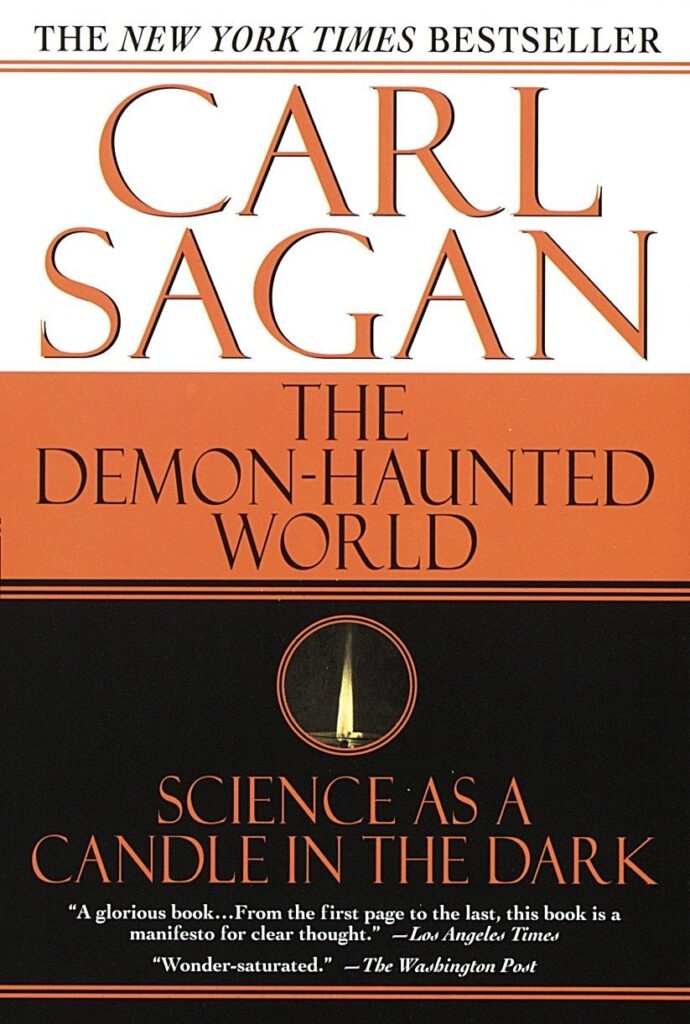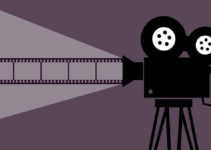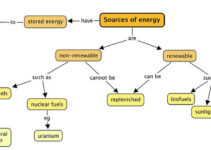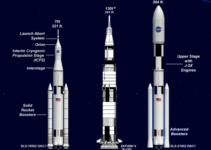Carl Sagan was an astrophysicist with ideas bigger than life. He passed away from cancer in 1996, but he will live on forever through his books and documentaries. Dr. Sagan was optimistic about the world, people, and life. He always believed people would work together to make the world a better place, and science would prosper and prevail in bringing humanity forward. He once again demonstrates his optimism in his non-fiction book, ‘The Demon-Haunted World’, where he uses scientific thinking to illustrate its practical application in our everyday lives.
Coming from a generation after Dr. Carl Sagan’s heyday, I didn’t learn about him until a decade after his passing. I have blogged about his ideas before but never in depth. I’m very familiar with his ideas, work, and innate ability to make complex concepts look easy. Dr. Sagan has inspired me (and countless others) to think, wonder, and dream of a world grounded in science more than anyone else, even if I may not quite share his level of optimism.
The Demon-Haunted World: Science as a Candle in the Dark
In ‘Demon-Haunted World’, Dr. Sagan demonstrates how one can apply the scientific method in life beyond the science class, and this would make the world a better place.
I’m perplexed to realize that the world has changed little since he wrote this book in the mid-90s about how we look at things, educate ourselves (or don’t), and handle evidence (or lack thereof). If anything, our civilization has continued on the warpath towards destruction, not just of our world but ourselves. A quarter-century has passed, but ignorance continues to be celebrated too often. Education continues to take a backseat to pseudosciences and superstitions. Ethics and morality continue to be trampled upon in place of corruption and shortsightedness. For every step we take forward, we have vines in the ground pulling us back. We have a long, tough road ahead of us.
But all is far from lost. We have just begun our journey, as Dr. Sagan would say, and have ways to go.
Case Study
The first 200 pages of ‘Demon-Haunted World’ are a case study behind reported UFOs & alien abductions. We see the scientific method and process as it builds up using logic, many sources, and arguments made by Dr. Sagan. He explores many dimensions, including astrophysics, psychology, history, religion, mythology, philosophy, and other areas. He is very thorough and breaks it down to help the readers see and understand the process. This well-researched portion of the book was fascinating to read, but sometimes slow. It requires patience from the reader. Think of yourself as the student, and Dr. Sagan presents the arguments and the case before you decide for yourself. Don’t expect to go in for entertainment, but to learn. To understand the process, you have to see it in action, going through many areas of study.
Understanding something and seeing it in action changes not only what we think about something, but it changes how we think. Until we understand something, it will appear like demons or ghosts to us.
If a thorough case study is not your cup of tea, you can skip ahead to the second half (chapter 12 – page 210). I still do not recommend skipping the first 200 pages. There are too many important and interesting ideas and facts within that case study that dwell on many subjects and potential explanations and reasons for the “sightings.” The second half focuses on the actual scientific method and the importance of skepticism, which is the book’s core.
Healthy Skepticism
The most important thing I take away from ‘Demon-Haunted World’ is the importance of healthy skepticism, which is crucial to science. Dr. Sagan is right when he says that education doesn’t teach the importance of healthy skepticism. Why do we know what we know? Is it analyzed and thoroughly questioned? Is it plausible?
Do not just accept something at face value or because someone said so. Research it further — we have more information and data available to us at our fingertips than at any time in history. Ask more questions (the more you ask, the more will arise). Critically consider other possibilities instead of directly jumping to conclusions. Re-consider and examine the evidence (or lack thereof) provided to you. It’s perfectly OK to ask for sources and give the other person the opportunity to get back to you (although that may not always be a time-permitting option). If you don’t have enough information, it’s OK to not know, research, or wait for more data. Nobody can or should compel you right there and then to choose sides.
The process, arguments, concepts, and steps presented by Dr. Sagan apply to everything in life. That includes history, philosophy, economics/business, religion, politics, medicine, etc.
Skepticism vs. Cynicism
Many people mistakenly see skepticism as argumentative and confuse it with cynicism or criticism. Skepticism is simply an approach to life where you question everything and don’t take things as you are told at face value. Cynicism, on the other hand, is where you believe everyone is out to get you by intentionally misleading you down the wrong path for their benefit. They are two completely different things. A cynical person may or may not be skeptical, and a skeptical person may or may not be cynical. Sometimes, skepticism might be cynicism, depending on the presentation of tone, phrasing, and content.
People don’t like to feel disbelieved or as if they are being interrogated. Hence, it often gets met with resistance. It is certainly not a pleasant experience to have someone throwing questions at you and challenging you. It may cause friction between you and your subject. I have been on both ends of the room many times, as has everyone. It is an unpleasant experience for both parties, but often may be necessary.
Arguably, schools already teach healthy skepticism to a degree. Teachers encourage asking questions, analyzing things like books, questioning sources like Wikipedia for authenticity, and using scientific methods in science class. However, I’m not sure if there is enough inquiry-based learning like the case study Dr. Sagan does in this book. There are no debates or enough Socratic Method of learning taking place beyond a few lessons on what it is. Schools may try to avoid such situations to avoid standoffs and arguments. I’m not sure how the education system can further expand healthy skepticism into the classroom from a young age, other than through the debate club. Even in college, such instances where students were openly questioning each other were rare.
Dr. Sagan does a great job of showing us that skepticism goes deeper. We can consider it a way of thinking, breaking down problems into compartments, and a crucial ingredient of science.
Scientific Thinking
Science, ultimately, is not about what you believe but what you can prove (or disprove). It can lead to discomfort when it may threaten one’s religious or pseudoscience views, beliefs, and feelings. Dr. Sagan teaches us in ‘Demon-Haunted World’ to respond to these sorts of views with compassion. Mocking would do nothing but make matters worse.
Scientific skepticism certainly makes it tough to deal with ideas based not on logic but on the supernatural or paranormal. Too often, people present these sorts of ideas as facts, but underneath are exaggerations, fears, dreams, and often straight-up scams. Yet if these ideas can’t stand scrutiny and verification through pieces of evidence or testability, do these beliefs deserve to be treated differently so as not to upset the person(s)? It’s a challenging prospect, one that I juggle with myself often. Especially when individuals present religious views, supernatural facts, or pseudosciences, such as astrology, as facts and bygone conclusions. Often these are presented as cultural beliefs and argued as a means to uphold culture, which I find puzzling. It seems almost like a defense mechanism people use to avoid having to defend their beliefs.
Contentious arguments against such beliefs can cast the scientific skeptic aside as a cynic. As Dr. Sagan argues, it is essential to find a healthy balance between being overly skeptical versus being excessively gullible.
Beyond Demon-Haunted World
Since Dr. Sagan wrote this book, there have been new findings, such as finding gravitational waves and finding the existence of the Higgs-boson particle (often called the ‘God particle’ since it provides mass to other particles). These were hypothetical and mathematically calculated up to that point before being discovered years later. Scientists also discovered water on the moon and Mars (with free-flowing water on Mars at certain times of the year and in certain locations). We now know that Mars does not have any remnants of ancient life on the surface – there are signs of rivers and lakes, but they have been dry for perhaps a billion years. The rovers have been crucial in getting first-hand data and high-resolution images of the landscape. Tabloids still exist, but now social media like Twitter is stirring the pot more than any tabloid out there (not that it would surprise Dr. Sagan).
There is much to learn from Dr. Sagan to this day. He lives on through his books. I believe that if every politician and citizen spent some time reading Dr. Sagan’s books (including this), the world would be a better and happier place. It all begins with ensuring the population is well-educated. These books are more about life and people than about science. Science is but a vessel on the path towards a healthier society, enlightened civilization, and a better world.
Any issues? Recommendation?
The ‘Demon-Haunted World’ is a must-read book. It may not be a fast read, but the ideas within are too important to overlook. Dr. Sagan presents scientific ideas in a detailed, poignant, and sensible manner. I believe this should be required reading in High School, perhaps as summer reading.
- My Favorite Books - February 7, 2024
- Review of Carl Sagan’s The Demon-Haunted World - January 31, 2024
- The 75 Greatest Films of All Time - December 22, 2023




